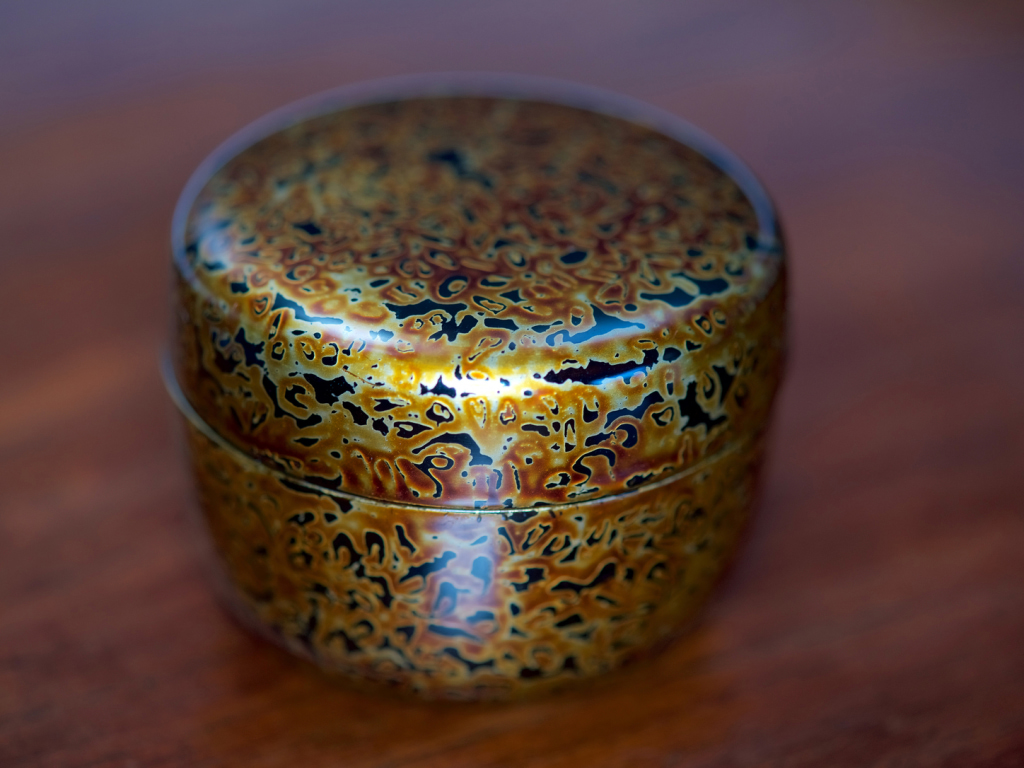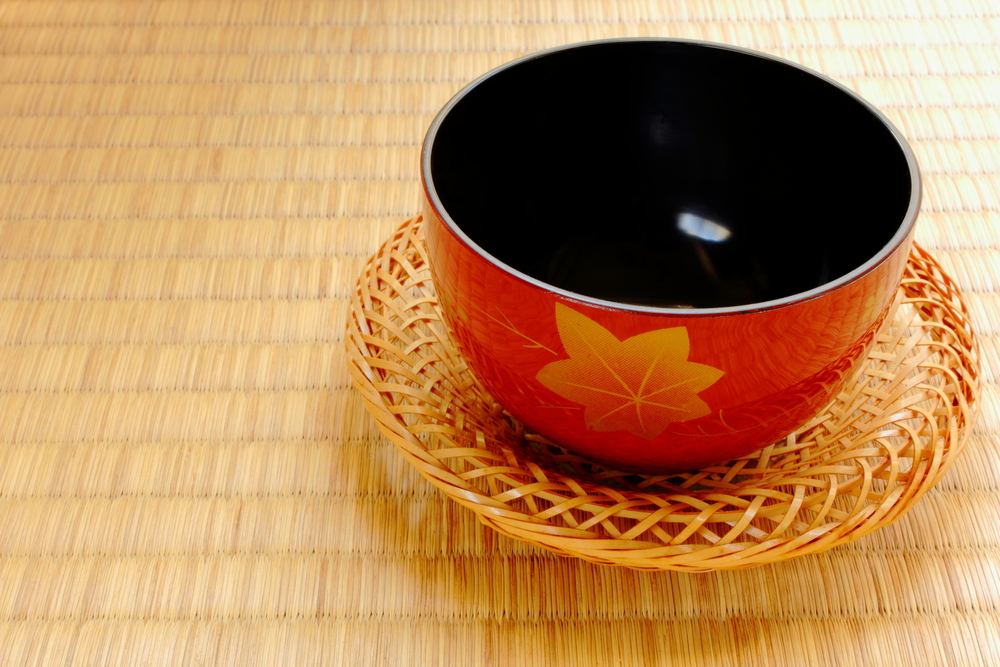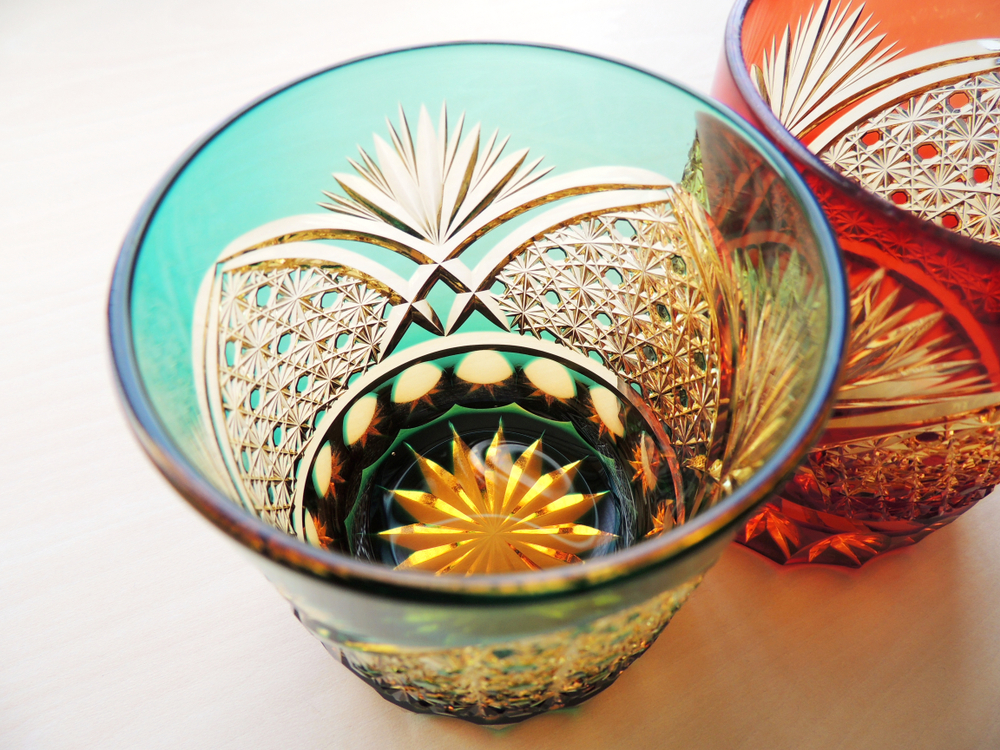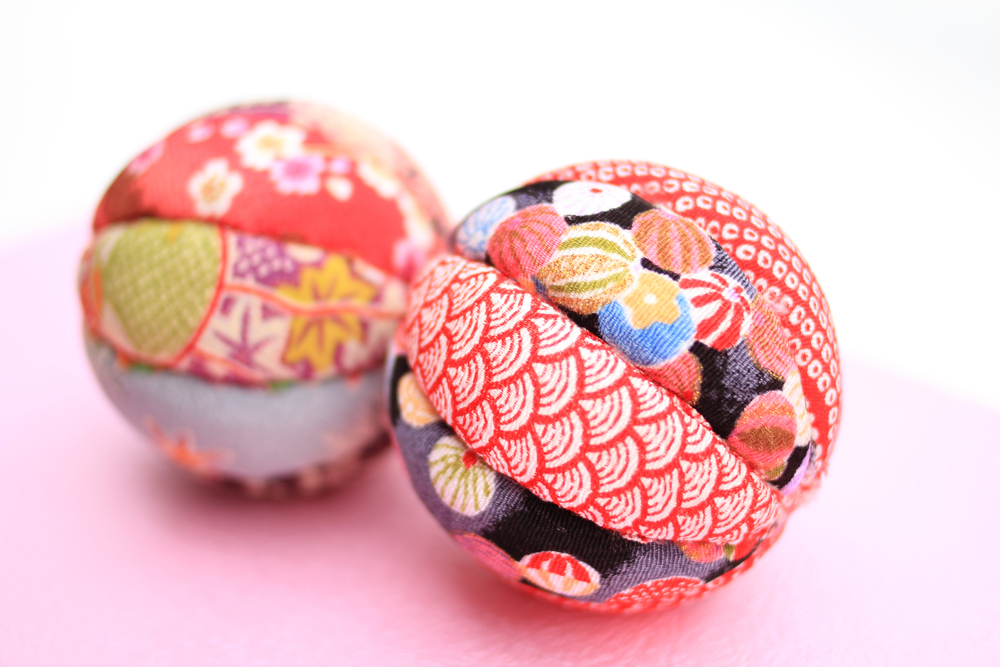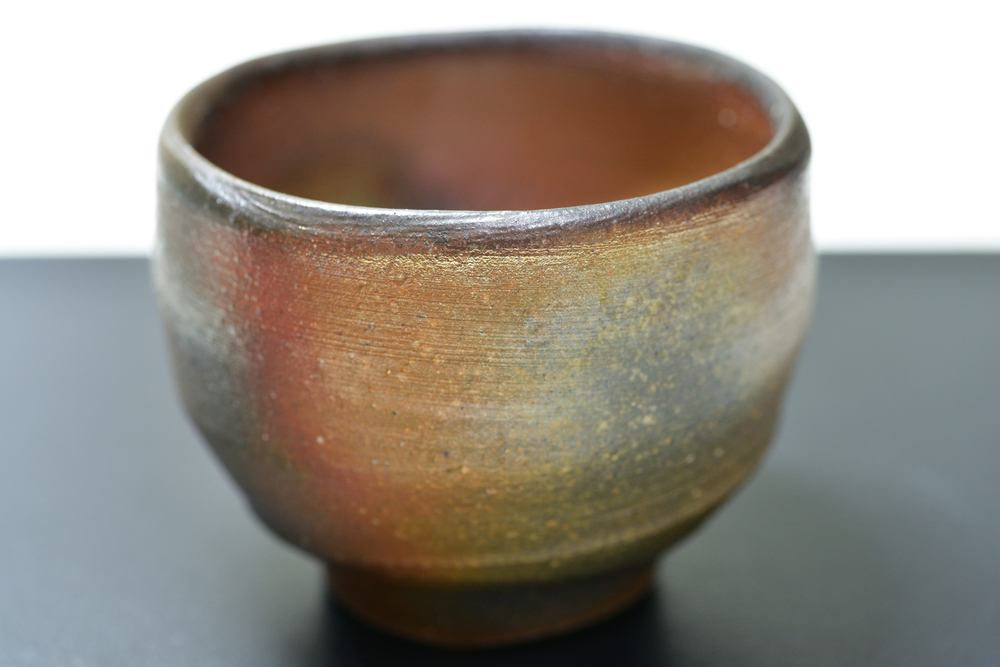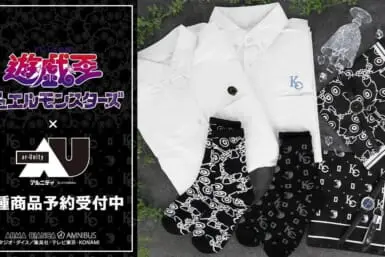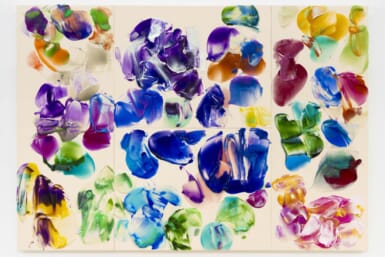Japanese woodblock prints inspired Claude Monet, and he built a Japanese garden at his Giverny home to paint his Water Lilies series. Architect Frank Lloyd Wright once said, “If Japanese prints were to be deducted from my education, I don’t know what direction the whole might have taken.” Meanwhile, oriental calligraphy influenced Jackson Pollock’s later black and white pieces, which he painted on Japanese washi paper.
Japanese woodblock prints, calligraphy and even the flower arranging art form of ikebana are well-known and regarded worldwide. Still there are several fascinating art forms native to Japan the rest of the world is waiting to discover.
Here are just a few.
Urushi Lacquerware
Japanese lacquerware isn’t rare. It is a part of everyday life and adorns everything from rice bowls to chopstick holders. Its commonality belies the excruciating work it takes to handcraft each piece. Urushi is tar-like tree sap cultivated from the urushi tree, usually harvested in China. There are urushi trees native to Japan, however, a cousin to the poison sumac, the Japanese sap is incredibly harsh on the skin. Artists knead and ply the sap to a wood or clay mold, applying as many as 20 to 30 layers. Traditional Japanese artists paint the finished product black, finishing with red or gold leaf imagery. Modern artists are creating urushi pop art, and even skateboards.
Edo Kiriko Glassware
Edo kiriko is another artform you have probably seen, you just don’t recognize the name. This intricate glassware is often used for sake glasses and other Japanese tableware. Using grindstones and other tools, diamond-like patterns are etched by freehand into the colorful multi-layered glass. Edo kiriko originated the late 1800s in Tokyo (formerly named Edo) when a group of local glass artists studied the craftwork under an English technician. Today most Edo kiriko workshops are located in the Koto ward on the east side of the Sumida River. Other forms of kiriko (“faceted”) glassware are Satsuma kiriko in Kagoshima Prefecture and Kitaichi kiriko in Hokkaido, distinguished by its dark orange hue.
Temari Balls
For centuries Japanese grandmothers wrote a goodwill wish on a slip of paper and lovingly wrapped it in silk or cotton, usually materials recycled from old kimono. The crumpled cloth was then wrapped in strips of fabric and hand-embroidered to make colorful toy balls that were presented to granddaughters on New Year’s Day. These temari (“handballs”) are lightweight, slightly larger than a billiard ball and decorated with traditional images such as chrysanthemums, cranes or clouds. Over time the balls went from toys to objet d’art. Highly valued and cherished as gifts, temari is however a dying craft. Modern uses are being experimented with, such Christmas decorations.
Bizen Ware
Pottery has long been one of Japan’s most cherished artform, as the utensils and décor that accompany the tea ceremony ritual are revered. Arita earned the distinction as a pottery Mecca after Toyotomi Hideyoshi’s army kidnapped Korean potter Yi Sam-pyeong, who then introduced porcelain production to the Kyushu coastal village in the late 16th century. Located in Okayama Prefecture, Bizen is home to the oldest form of Japanese pottery. Bizenyaki, which has been around for more than 1,000 years, is distinguished by its lack of glaze and paint. All design and patterns are formed by the effect of the direct flames on the locally sourced clay. Bizen ware is often used for vases but is also popular as a beer glass – particularly in the summer when the thick mug keeps the beverage cool.
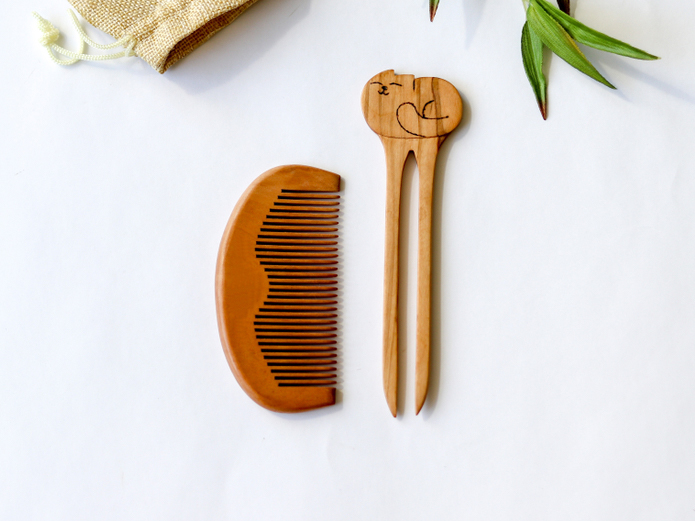
Tsuge Combs
Legend says that in Kyushu’s Ibusuki region fathers planted a boxwood tree the day their daughters were born and fashioned a wooden comb from the tree to gift the girl on her wedding day. This myth seems unlikely as boxwood trees are harvested after 35 years. While a 7,000-year-old wooden comb was discovered in an archaeological dig, tsuge (“boxwood”) combs became widespread during the Edo Era when samurai warriors in Satsuma began making the combs in their spare time as a second means of income. Boxwood, which becomes more polished and develops a rich, yellow sheen over time, is said to create less static electricity while combing, leaving hair healthy and lustrous.
Visit the Omotenashi Selection website to learn more about traditional handcrafted items from around Japan.
Images: Shutterstock

